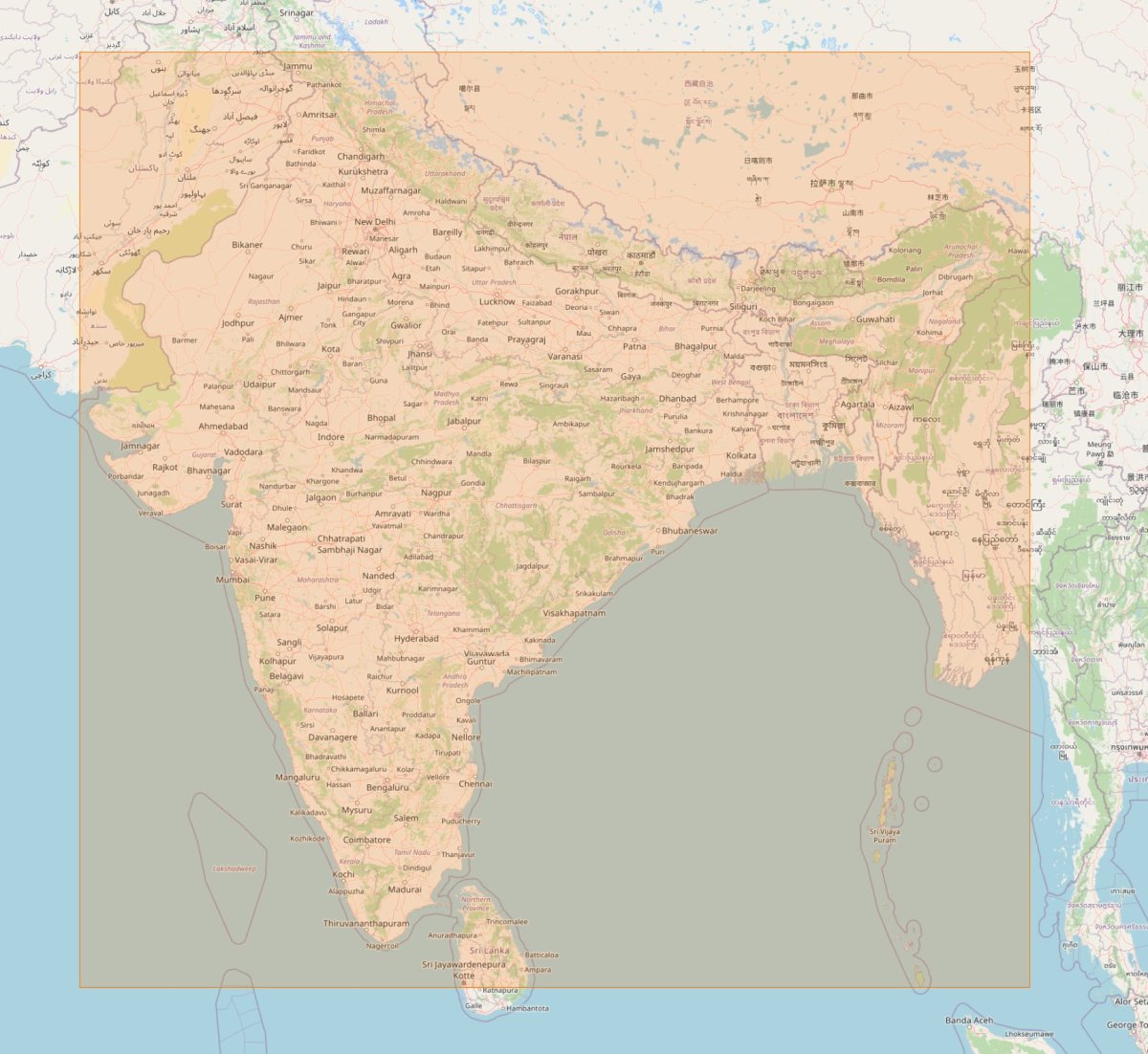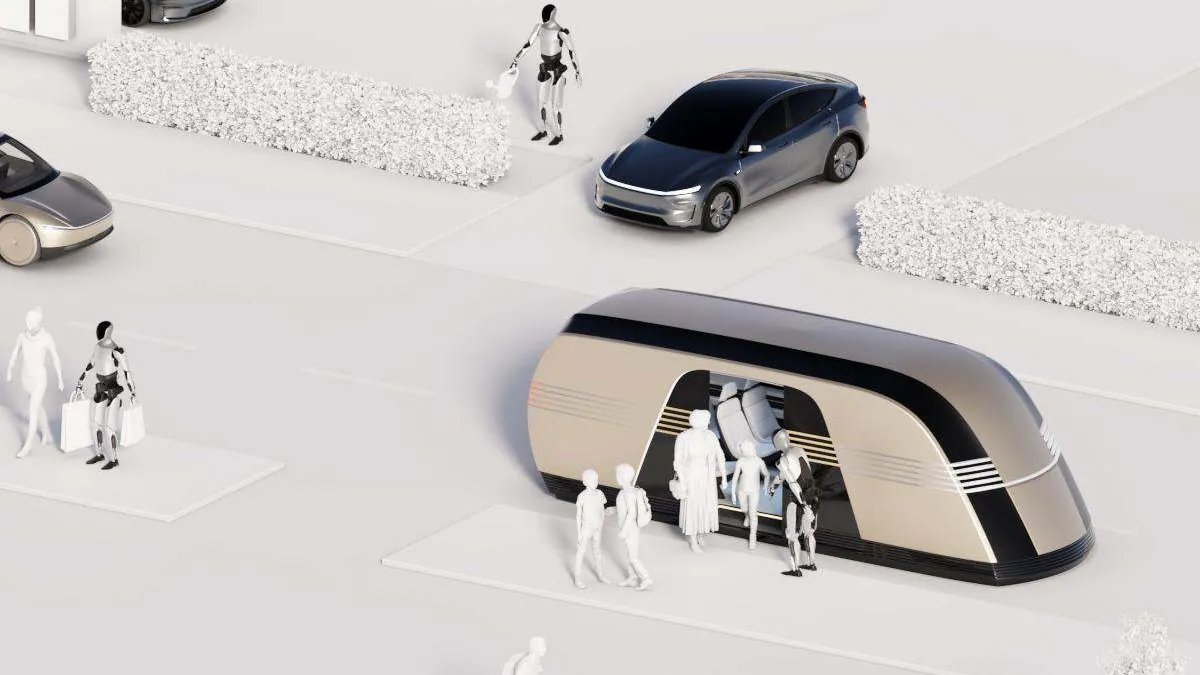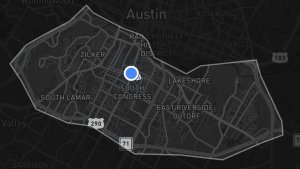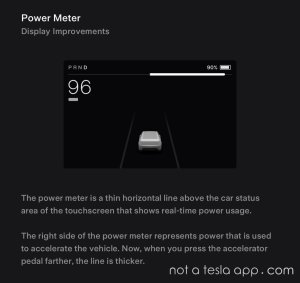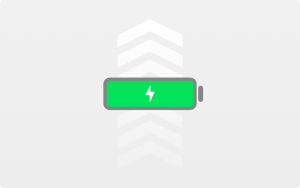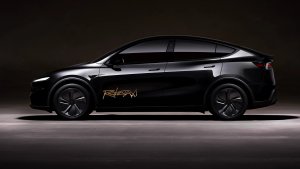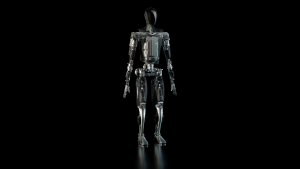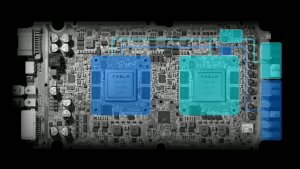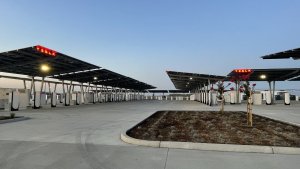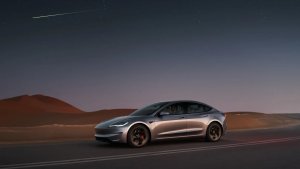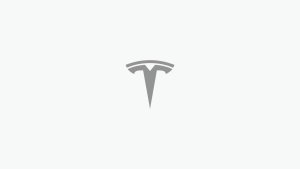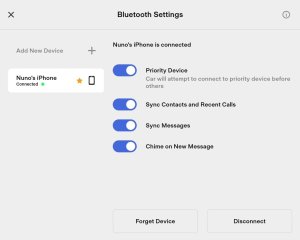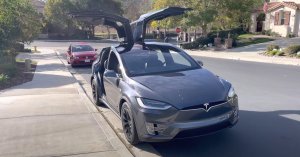Tesla’s New Deceleration Option: Regen Now Applies When Brake Pedal is Pressed

The refreshed Model Y brought with it lots of changes to the exterior and interior - but there’s more to it than just that. Tesla is doing something completely different than its other vehicles with the new Model Y and that’s how regenerative braking works.
The new Model Y has an updated Dynamics Control menu that has a new deceleration option. At quick glance this appears to be a renamed regenerative braking label, but it’s much more than that.
Tesla has also added two additional options in the Traction Control Mode that aren’t available in the previous-gen Model Y.
Let’s dig into what each of these features does, as we believe many people will be pleased with the way regenerative braking now works in the new Model Y.
Deceleration - Not Just Low Regen
Just below the Acceleration category, where you’ll find the familiar Chill and Standard Modes, Tesla has introduced a new Deceleration category for the new Model Y.
This category offers two options: Standard (the default setting) and Reduced. The Reduced setting adjusts how quickly the vehicle slows down when you release the accelerator pedal.
However, this isn’t just another name for regenerative braking. Tesla has changed how they apply regenerative braking in the new Model Y.
Two Levels of Regen
Tesla previously offered two levels of regenerative braking, Normal or Low, which determined how much regen would be applied when you lifted your foot off the accelerator. Some new EV drivers struggled with the normal regenerative braking mode due to the amount of deceleration, but ultimately, Tesla removed the low regen option because it negatively impacted range and increased wear on the vehicle’s brakes unnecessarily.
Unlike other EVs, Tesla has only applied regenerative braking when the accelerator is released, and tapping the brake pedal would always activate the physical brakes. That is, until now.
Apply Regen With the Brake Pedal
With the new Model Y, Tesla has made changes that allow regenerative braking to activate either when the accelerator pedal is released or when the brake pedal is pressed. That means that sometimes the vehicle’s physical brakes won’t activate when you tap the brake pedal — instead, the vehicle may use regenerative braking.
Drivers now have the option to choose between normal or reduced deceleration when lifting off the accelerator pedal, which essentially means high or low levels of regenerative braking are being applied. However, now, when the brake pedal is tapped, the vehicle decides whether to continue using regenerative braking or use the vehicle’s physical brakes, depending on how hard the pedal is pressed.
This change removes the efficiency loss associated with low-level regenerative braking in older models because regen can again be applied when the driver uses the vehicle’s brake pedal. It’s really the best of both worlds. Drivers can now have the vehicle apply low levels of regen when the accelerator is lifted and still benefit from full regen because it is enabled again when the brake pedal is used.
We still recommend drivers get used to normal regen using just the accelerator pedal since it introduces the ability to mostly drive with just one pedal, but there is a learning curve.
Unfortunately, this new feature is exclusive to the latest Model Y, as it required changes to the vehicle, so we won’t see this feature coming in a future update. The Model Y is the first Tesla to apply regenerative braking when the brake pedal is used, but given how much it eases the transition to EVs, we expect it to roll out in future models as well.
Brake system in New Model Y has the freedom to use either electric motor or mechanical brake when you push the brake pedal
— Tesla (@Tesla) March 3, 2025
This brings you maximum efficiency, consistency in pedal behavior & improved stability pic.twitter.com/rIwOUxwpXU
Traction Control
Tesla has also made some changes to the new Model Y’s traction control. The Model Y used to have the option to enable Off-Road Assist and Slip Start. However, they’re adding two new options, Auto and Slippery Surface modes.
Slippery Surface
The new Slippery Surface mode debuted with the Cybertruck. It’s designed to improve the vehicle's handling on roads or surfaces that are slick with water, ice, or other snow, which can reduce traction. In this mode, your vehicle will closely monitor each wheel sensor for slippage and automatically apply additional torque where needed—essentially, very fancy torque vectoring to maintain control.
It is a more active approach to how Tesla normally handles active traction control - and it does consume additional energy to keep this active. On the Cybertruck, I’ve personally noticed about 10% additional energy usage when Slippery Surfaces is active, but the truck does handle far better. We’d expect a similar exchange with the Model Y, where you trade a bit of efficiency for better and more precise handling when Slippery Surface is activated.
Off-Road Assist
Off-Road Assist meanwhile, keeps the same overall package from the previous-Gen Model Y. This allows wheels to spin and also balances torque between the front and rear motors, which helps to optimize traction. It’s quite effective in rough and soft surfaces where one side of the vehicle may lose traction, while the other still has it.
Off-Road Assist also provides more gradual torque control, which can help when trying to crawl the vehicle over rocky surfaces. As usual, Off-Road Assist will disable automatically at higher speeds and also disables Automatic Emergency Braking and Lane Departure Avoidance, and Autopilot and FSD are disabled while it is active.
Where is Slip Start?
The Slip Start option was available on all variants of the Model Y, which helps to dislodge it if you manage to get it stuck in mud, snow, or ice - enabling the wheels to spin. It seems likely that Slip Start is probably further down in the menu - rather than being removed completely.
These changes to the new Model Y should please a ton of drivers, especially if they’re new to Tesla.











